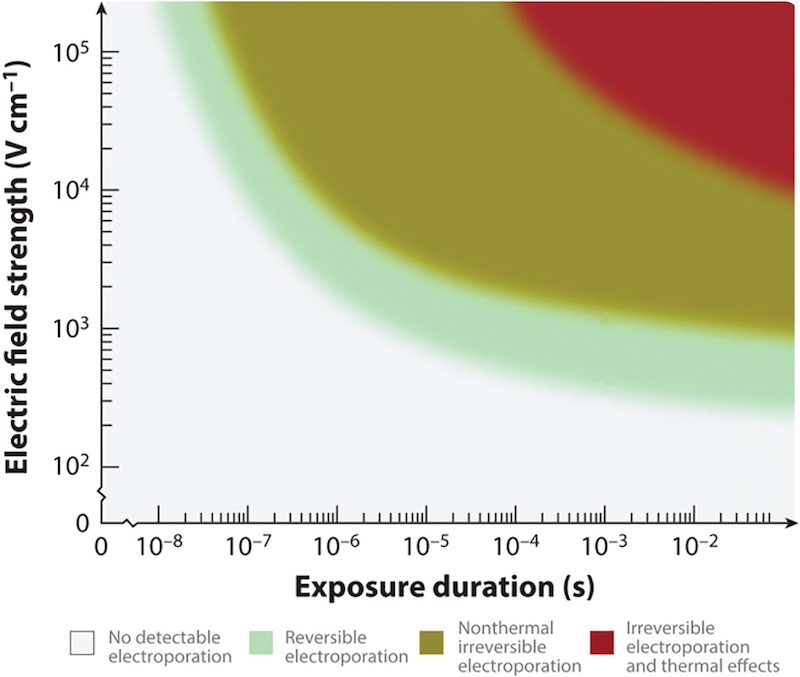Optimizing Reversible Electroporation for Cardiac Arrhythmia Treatment Using Computational Models
- chair:Computational modelling in Biomedical Engineering
- type:Bachelor or Master thesis
- tutor:
-
Motivation
 Cardiac arrhythmias, such as atrial fibrillation and ventricular tachycardia, are critical health issues typically treated with thermal ablation techniques like radiofrequency or cryoablation. While effective, these methods risk damage to surrounding tissues. Pulsed field ablation (PFA), which uses irreversible electroporation to selectively destroy cardiac tissue, offers a safer alternative. Reversible electroporation, however, provides an even more innovative approach by disrupting cell membranes only temporarily, enabling the testing of interventions before creating permanent lesions. This ability to transiently modify tissue behavior and potentially terminate arrhythmias without permanent damage holds significant promise. Yet, the underlying mechanisms and optimal parameters for reversible electroporation remain unclear. Using computer modeling with openCARP, we can simulate these processes in detail, virtually testing treatment strategies before clinical application. This approach not only reduces risks but can support more effective therapy for arrhythmia treatment.
Cardiac arrhythmias, such as atrial fibrillation and ventricular tachycardia, are critical health issues typically treated with thermal ablation techniques like radiofrequency or cryoablation. While effective, these methods risk damage to surrounding tissues. Pulsed field ablation (PFA), which uses irreversible electroporation to selectively destroy cardiac tissue, offers a safer alternative. Reversible electroporation, however, provides an even more innovative approach by disrupting cell membranes only temporarily, enabling the testing of interventions before creating permanent lesions. This ability to transiently modify tissue behavior and potentially terminate arrhythmias without permanent damage holds significant promise. Yet, the underlying mechanisms and optimal parameters for reversible electroporation remain unclear. Using computer modeling with openCARP, we can simulate these processes in detail, virtually testing treatment strategies before clinical application. This approach not only reduces risks but can support more effective therapy for arrhythmia treatment.Student Project
This project offers a hands-on opportunity to explore the mechanisms of reversible electroporation for cardiac arrhythmia treatment using openCARP. The student will begin by simulating cellular-level electroporation to study its effects on ion currents, membrane permeability, and recovery dynamics. The focus will then shift to tissue-level models, where arrhythmias such as reentry circuits will be introduced and tested against electroporation pulses to evaluate their potential to terminate abnormal rhythms. Through these simulations, the student will assess how electrical fields can achieve therapeutic effects without causing irreversible damage.Skills Needed
- Written and spoken English
- Experience in Python is desirable

